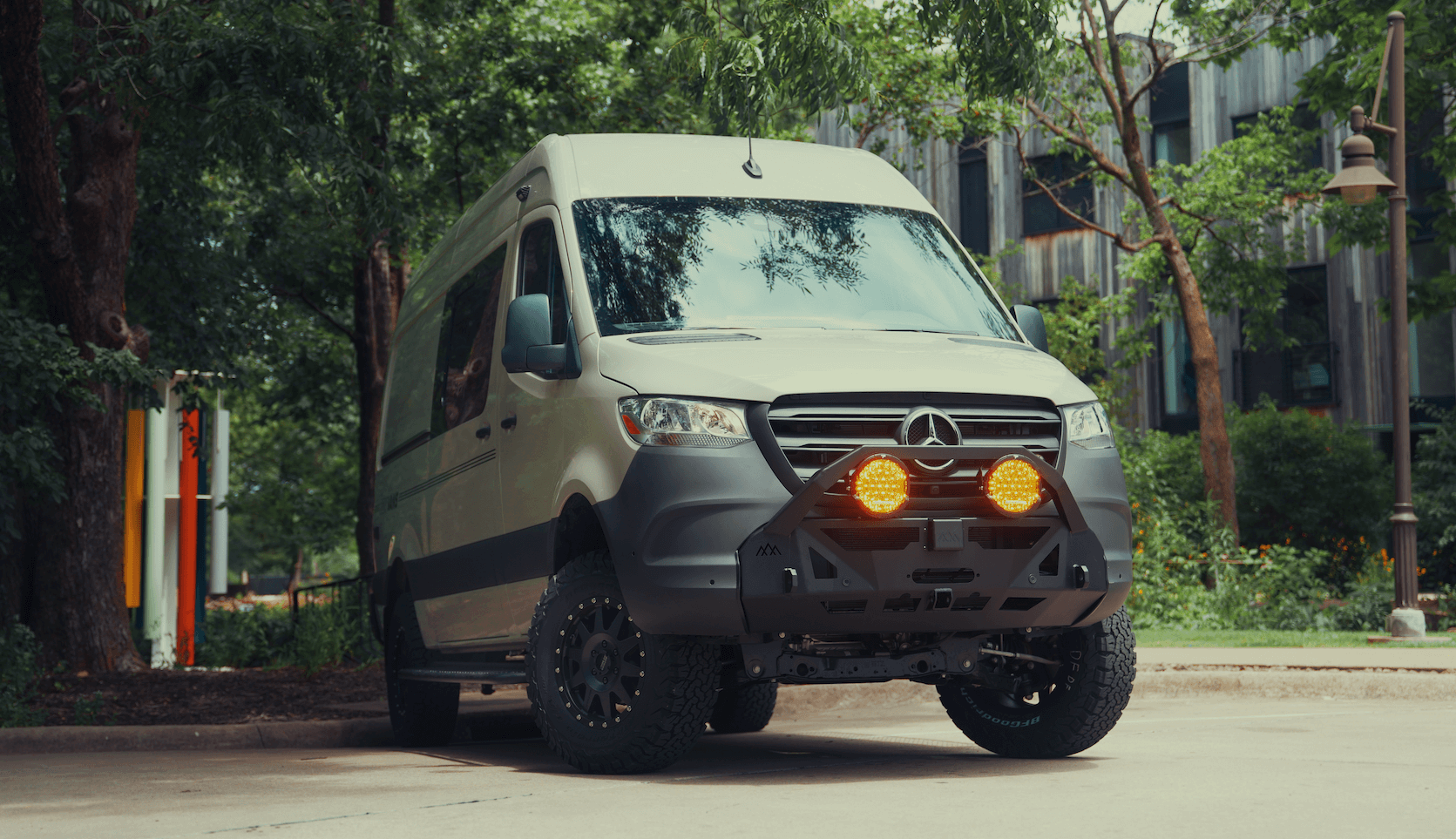Recreational Vans

A thorough van repair service begins with inspection. Techs verify fluid levels and condition, test battery health, scan for fault codes, and look over belts, hoses, filters, and visible leaks. Safety checks include brakes, tires, lights, steering, and suspension. The goal is to catch wear before it becomes a roadside headache.
From there, the work splits into maintenance and fixes. Maintenance includes oil and filter changes, cabin and engine air filters, brake fluid exchange, coolant service, and transmission and differential fluid when due. Wear items like brake pads and rotors, wiper blades, and belts get replaced based on measurement and visual condition. Repairs can involve alternators, starters, wheel bearings, radiators, water pumps, sensors, and HVAC components.
For modern vans, diagnostics matter as much as wrenches. Shops use factory level scan tools to read live data and freeze frames that show how a fault occurred. A misfire, for example, might stem from a coil pack, fuel issue, or intake leak. Good diagnostics confirm the cause before parts are installed, saving time and money.
Vans work hard. City delivery cycles, long highway hauls, mountain grades, and dusty tracks all stress components differently. Understanding patterns helps you spot problems early.
Van repair costs vary with parts quality and labor time. Basic maintenance visits tend to be quick, often an hour for oil, inspection, and tire rotation if needed. Brake jobs range from a straightforward pad and rotor swap to caliper replacement when sliders seize. Cooling system overhauls can require several hours, especially in tight engine bays.
Quality shops share estimates in writing, note parts brands, and explain any alternative options. They will call before performing work beyond the estimate and return worn components for review if requested. Expect clear timelines and updates if parts are delayed. After the job, a road test and a printed inspection report show what was done and what to plan for next visit.
Many owners blend service with smart upgrades that prevent repeat failures. High load use may benefit from improved cooling capacity and better air management in front of the radiator. Heavy cargo or camper builds often ride better and safer with tuned suspension components. Electrical reliability improves with clean power distribution, sealed connectors, and correctly sized cabling for inverters and auxiliary loads. Treat repair visits as checkpoints to fine tune the van for how you actually drive and travel.
If your van carries tools, bikes, or living systems, consider inspections beyond drivetrain. House batteries, charge controllers, solar, and alternators should be evaluated together. Good cable routing, strain relief, and proper fusing prevent nuisance faults. Interior hardware like cabinet latches and bed mounts needs periodic torque checks to keep rattles from becoming failures on washboard roads.
When your van is more than a commuter, you need a shop that understands travel demands and the systems that support them. After you address core maintenance with your trusted mechanic, our team can solve chronic issues with thoughtful improvements. We design upgrades that keep temperatures stable, cabins quiet, and interiors organized for real miles.
Based in Fayetteville Arkansas, we guide owners through the decisions that matter for long term reliability. We focus on practical improvements, clean wiring, and hardware that stays tight. Whether you are chasing weekends or living on the road, we can map upgrades that complement your maintenance schedule and reduce surprises.
Tell us how you use your van and what problems you want to solve. We will review your goals, outline clear options, and provide a plan you can schedule with confidence. Send us a note today and let us turn service visits into a smoother, safer, and more capable drive.
Need more details about our services and platforms
All projects are handled on site in Fayetteville Arkansas. We do not rent vehicles and we do not support DIY builds. We focus on professional design, fabrication, and clean installs that hold up to real travel.
Ready for a roadworthy van that runs quiet, cool, and confident? Tell us how you travel and what your rig needs. Our team will map out a clear plan for service, upgrades, or a partial upfit. Submit the form and get a tailored recommendation plus a clear timeline.
ADDRESS:
6159 E Huntsville Rd, Fayetteville, AR 72701
PHONE:
(479) 326-9200
EMAIL:
info@ozkvans.com